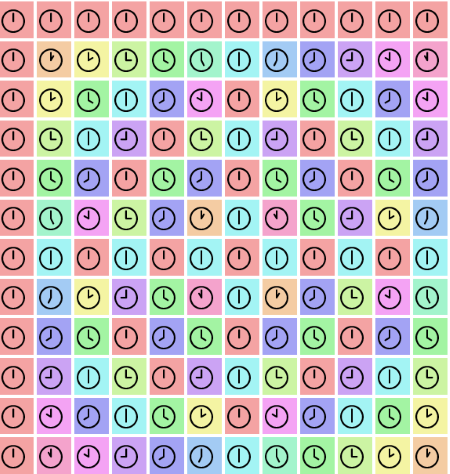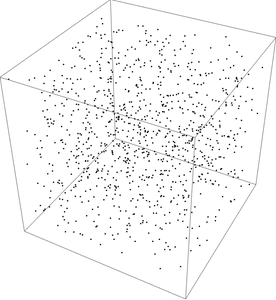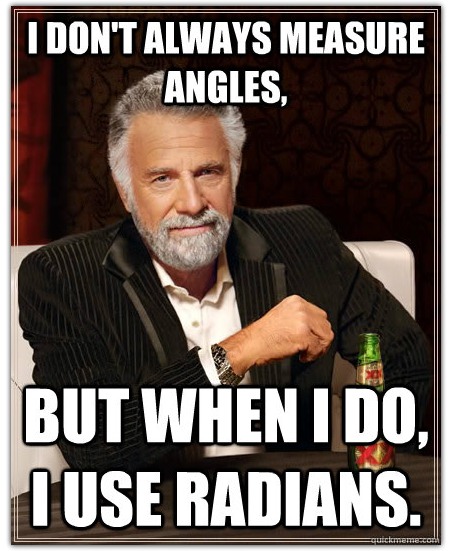It’s well known that you cannot map a sphere onto the plane without distortion. You can’t map the entire sphere to the plane at all because a sphere and a plane are not topologically equivalent.
But even if you want to map a relatively small portion of globe to paper, say France, with about 0.1% of the globe’s area, you’ll have to live with some distortion. How can we quantify this distortion? How small can it be?
We know the result has to vary with area. We expect it to approach zero as area on the globe goes to zero: the world is not flat, but it is locally flat. And we expect the amount of distortion to go to infinity as we take in more of the globe’s area. We expect to be able to make a map of France without too much distortion, less distortion than making a map of Australia, but more distortion than making a map of Lichtenstein.
This problem was solved a long time ago, and John Milnor wrote an expository article about it in 1969 [1].
Defining distortion
The way to quantify map distortion is to look at the ratio of distances on the globe to distances on paper. We measure the distance between points on the globe by geodesic distance, the length of the shortest path between two points. We’d like the ratio of distances on a globe to distances on a map to be constant, but this isn’t possible. So we look at the minimum and maximum of this ratio. In a good map these two ratios are roughly the same.
Milnor uses
dS(x, y)
to denote the distance between two points x and y on a sphere, and
dE(f(x), f(y))
for the distance between their image under a projection to the Euclidean plane.
The scale of a map with respect to points x and y is the ratio
dE(f(x), f(y)) / dS(x, y).
Let σ1 be the minimum scale as x and y vary and let σ2 be the maximum scale. The distortion of the projection f is defined to be
δ = log(σ2/σ1).
When σ1 and σ2 are approximately equal, δ is near 0.
Example: Mercator projection
One feature of the Mercator projection is that there is no distortion along lines of constant latitude. Given two points on the equator (less than 180° apart) their distance on a Mercator projection map is strictly proportional to their distance on the globe. The same is true for two points on the flat part of the US-Canada border along the 49th parallel, or two points along the 38th parallel dividing North Korea and South Korea.
For points along a parallel (i.e. a line of latitude) the scale is constant, such as a thousand miles on the globe corresponding to an inch on the map. We have σ1 = σ2 and so δ = 0.
The distortion in the Mercator projection is all in the vertical direction; distances along a meridian are distorted. Mercator maps latitude φ to something proportional to
φ ↦ log( sec φ + tan φ ).
Near the equator sec φ ≈ 1, tan φ ≈ φ, and the image of φ is approximately φ. But as φ approaches 90° the secant and tangent terms become unbounded and the distortion goes to infinity. You could use the equation for the Mercator projection of latitude to calculate the distortion of a “rectangle on a globe.”
Minimizing distortion
Let Dα be a disk geodesic radius α radians where 0 < α < π. Then Milnor shows that the minimum possible distortion when mapping Dα to the plane is
δ0 = log(α / sin α).
This map is realizable, and is unique up to similarity transformations of the plane. It is known in cartography as the azimuthal equidistant projection.
For small values of α the distortion is approximately α²/6, or 2/3 of the ratio of the area of Dα to the area of the globe.
We said earlier that France takes up about 0.1% of the earth’s surface, and so the minimum distortion for a map of France would be on the order of 0.0007.
[1] John Milnor. A Problem in Cartography. American Mathematical Monthly, December 1969, pp. 1102–1112.





